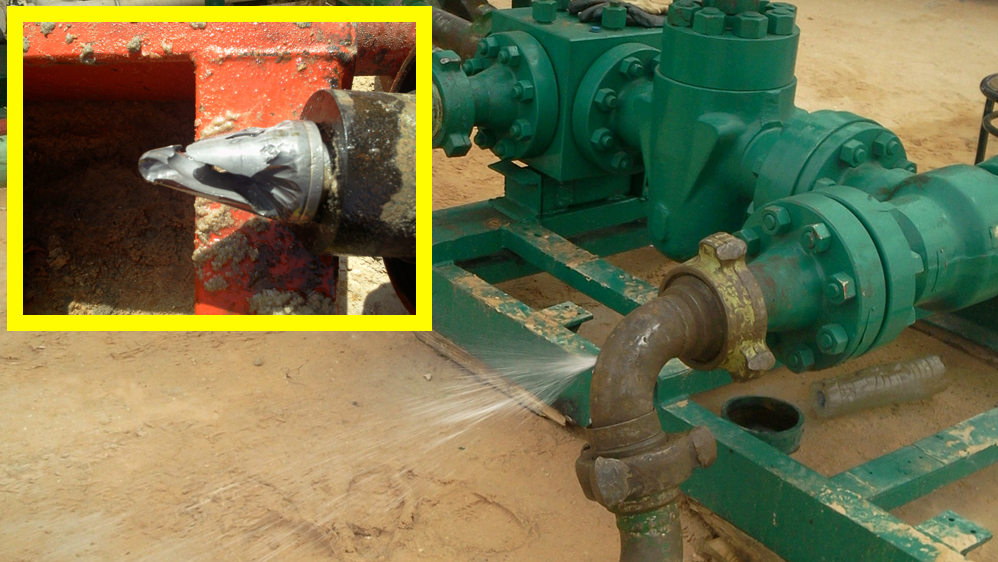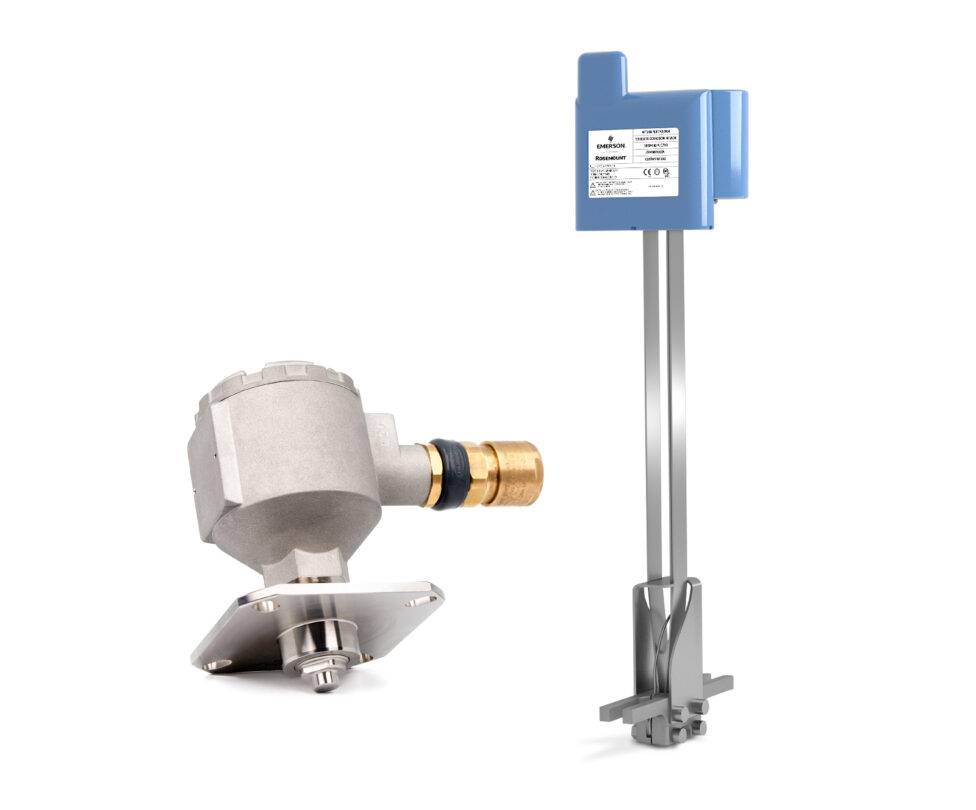When it’s time to repaint the ironwork of a bridge or building, what’s the best way to strip away old paint and rust? Sandblasting is usually the first choice because it is very effective at eroding surface crud and getting down to clean metal, but if it continues too long it starts removing necessary metal as well. At oil and gas production sites, sand pulled out of the well along with the product has the same erosive effect, and the results can be disastrous for equipment if left unchecked.
Emerson has two mechanisms to detect this situation, and they are the topic of our article in World Oil, Explaining Sand Erosion in Oil & Gas Production. This is the first installment of a two-article series, where we discuss the basic problem and how companies are trying to avoid its effects.
Sand produced as a byproduct of oil and gas production is a worldwide problem. It occurs when the stress on the formation exceeds the formation strengths and results in rock failure. Rock failure can happen due to tectonic activities, overburden pressure, pore pressure, stress induced during drilling and produced fluid drag force. The solid sand particles will cause rapid erosion in the piping infrastructure, forcing operators to produce below the well’s potential and to increase spending on maintenance and repair activities. Additionally, as oil and gas reservoirs across the world are maturing, they start to produce more sand, thus increasing erosion risk.
What’s happening as a result of entrained sand is that pipes, valves, and other equipment is getting sandblasted from the inside.
Sand erosion challenges span across different areas, such as reservoir management; health; safety and environment; integrity management and production management. Operators in the oil and gas industry are seeking to prevent sand from coming out of the reservoir and flowing through the topside piping infrastructure because uncontrolled entrained sand poses a serious risk of erosion damage to their topside assets—including choke valves and expensive rotating equipment.
So what’s the solution? Producers are using techniques to mitigate the problem, such as sand screens, gravel packs, sand separators, and even mathematical models to determine how much sand is coming up and what kind of damage it might be doing. None of these are ultimately 100% effective, so Emerson has better ideas. We can’t solve the issue at the source, but we can provide a very accurate picture of what’s happening so operators can take corrective measures.
Spoiler alert—we go into much more detail in the next installment, but we feature two technologies: real-time measurement of sand content in the product flow supplemented by real-time measurement of metal loss due to erosion. These are, respectively:
- Roxar™ SAM Acoustic Sand Monitor uses acoustic technology and proprietary algorithms to translate sand noise into actionable data. It provides an immediate response to sand in the stream that allows operators to adjust production flow, check sand separator efficiency, and determine what else might be causing problems.
- Rosemount™ Wireless Permasense Corrosion and Erosion sensors use ultrasonic technology to measure pipe and vessel wall thickness continuously. This provides ongoing visibility of corrosion/erosion trends in real-time for production fields, as well as refineries and platforms.
These two non-intrusive technologies tell operators when a problem is in progress right now, or when cumulative effects are taking their toll. Visit the Upstream Oil & Gas pages at Emerson.com for more info, and you can also connect and interact with other engineers in the Oil & Gas Groups at the Emerson Exchange 365 community.







